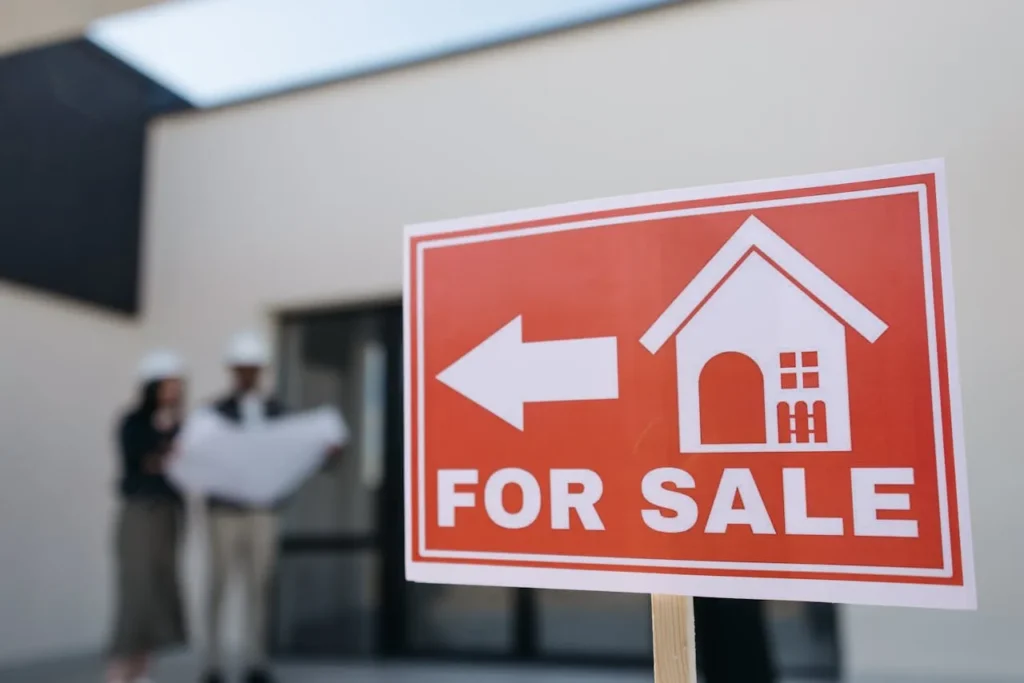
Home Sales Dip and Prices Stall in Popular Vacation Destinations
The U.S. housing market is experiencing a notable shift, particularly in vacation destinations that once benefited from surging demand during the pandemic. According to a new analysis released by Redfin, the real estate brokerage powered by Rocket, the number of homes sold in seasonal towns—communities where vacation demand plays an outsized role in driving the housing economy—fell 3% year over year in July. By contrast, non-seasonal towns recorded just a 1% decline in home sales over the same period.
This trend underscores how vacation-oriented markets are cooling faster than other parts of the country, a signal that broader affordability concerns, high mortgage rates, and lifestyle shifts are reshaping buying decisions in 2024.
Seasonal Towns Under Pressure
For the purposes of its study, Redfin defined seasonal towns as places where more than 30% of the housing stock is used only occasionally or seasonally. These communities, often centered around beaches, ski resorts, or popular leisure destinations, represent about 9% of all U.S. home sales.
Redfin’s analysis reveals that sales in these markets have been declining consistently since February, with July marking yet another month of weakening momentum.
The fact that sales are falling more quickly in seasonal areas highlights the particular vulnerabilities of vacation destinations. Unlike primary residences, second homes and investment properties are considered luxuries rather than necessities, which makes them especially sensitive to financial conditions.
Why Vacation Homes Are Hit Harder
There are several reasons behind the sharper slowdown in vacation towns:
- Affordability Challenges:
Housing affordability has become a major national issue. Even though some large metropolitan areas have seen marginal improvements in affordability thanks to stabilizing home prices and modest wage growth, the typical American still struggles to buy. Vacation homes, which are often priced higher than local median homes, amplify this affordability barrier. - Financing Constraints:
A recent Redfin analysis found that mortgages for second homes in the U.S. dropped to their lowest level in at least six years in 2024. While demand for primary residences also softened last year, the decline was far more dramatic for second homes. They are more expensive to finance, often require larger down payments, and are more likely to be cut from household budgets when interest rates and living costs climb. - Lifestyle and Remote Work Shifts:
During the pandemic, many Americans had the flexibility to work remotely from vacation towns. This boosted demand for seasonal properties, particularly in 2020 and 2021. However, as offices reopened and employers tightened remote work policies, fewer people now have the option to spend extended time in leisure-focused areas. - Economic Uncertainty:
With inflationary pressures, fluctuating stock markets, and uncertainty about the economic outlook, buyers are choosing to prioritize their primary homes over discretionary purchases like beach houses or ski chalets.
Expert Insights from Redfin
Daryl Fairweather, Redfin’s chief economist, emphasized the sensitivity of second-home demand to current conditions:

“Vacation markets are cooling faster than other places because second-home demand is sensitive to high housing costs. When mortgage rates are elevated and the cost of living is high, buyers are more likely to prioritize their primary residence over a ski chalet or beach house. Many Americans who might have bought a vacation home a few years ago are now holding off, partly because of high costs and economic uncertainty. And some people who already own second homes are listing them to cash out before prices soften more.”
Fairweather’s comments underscore a critical point: the cooling is not just about fewer purchases but also about more listings from current owners eager to secure profits before the market weakens further.
Florida: A Key Driver of the Seasonal Market Cooldown
The report highlights Florida as a central factor in the slowdown. Out of the 288 seasonal towns included in the analysis, 104 are located in Florida—making the state one of the most influential in shaping national vacation-market trends.
In particular, pending home sales are falling faster in Miami and Fort Lauderdale than in any other major U.S. metro area. These areas, long favored as second-home destinations, are experiencing rapid slowdowns as both domestic and international buyers retreat.
Cecilia Cordova, a Redfin Premier agent based in Miami, described the challenges facing the condo market:
“The local condo market is brutal. We have so many people selling condos that they have been using as second homes, whether it’s a part-time home for their family or a short-term rental or both. Now, some people who bought coastal condos in 2020 or 2021 are returning to New York or Boston full-time; they’re no longer working remotely from the beach. And they want to sell instead of becoming landlords because HOA fees are so high that they won’t earn as much from rent as they’ll pay in mortgage payments plus fees.”
Cordova’s remarks illustrate how high homeowner association (HOA) fees, combined with rising mortgage rates, are eroding the rental value proposition for many owners. Rather than absorb losses, owners are deciding to sell.
Broader Implications for Real Estate Markets
The decline in seasonal-town home sales points to broader structural shifts in the housing market:
- Demand Redistribution: With fewer buyers seeking vacation homes, some markets could see slower price growth or even price declines. Meanwhile, larger metro areas with strong job markets may continue to attract the majority of housing demand.
- Investor Behavior: Investors who once flocked to short-term rental markets like Florida, Arizona, and mountain towns are reconsidering strategies. With tighter returns and rising operating costs, many are exiting these markets, which could increase supply and dampen prices further.
- Tourism Reliance: Local economies that depend heavily on real estate transactions tied to seasonal demand may face ripple effects. Reduced sales activity can influence everything from construction starts to local tax revenues.
- Long-Term Trends: While the short-term outlook suggests weakness, vacation towns are unlikely to disappear as popular destinations. Instead, they may enter a period of price correction, eventually stabilizing once broader affordability improves or when mortgage rates fall.
The housing market in seasonal towns is navigating a period of adjustment after years of unusual pandemic-driven dynamics. While many Americans were once eager to secure a second home during a time of low mortgage rates and heightened demand for remote-friendly living, today’s reality is different.
High costs, stricter work arrangements, and growing economic uncertainty have shifted priorities. Buyers now prefer to secure affordability and stability in their primary residences rather than stretch finances for vacation properties.
At the same time, sellers of second homes are increasingly motivated, hoping to exit the market while prices remain relatively high. This is contributing to a rising number of listings in places like Miami, Fort Lauderdale, and other popular seasonal hubs.
As Redfin’s analysis shows, the divergence between seasonal and non-seasonal towns could persist as long as mortgage rates remain elevated and affordability remains a challenge. For buyers, this may present future opportunities if vacation home prices soften further. For sellers, however, the window to maximize returns may be narrowing.




